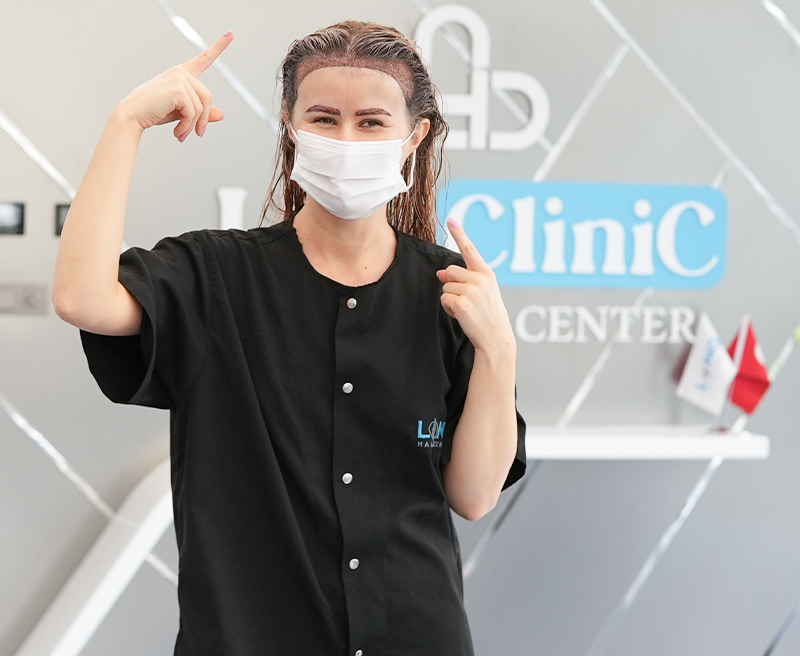EYEBROW TRANSPLANT

Genetic factors can influence the appearance and fullness of your eyebrows - some people are born with dense and full brows, while others have thinner and sparser brows. People with sparse eyebrows often try to achieve a fuller and more defined look with cosmetic products. Eyebrow hair loss can occur for a number of reasons, including natural causes. Factors such as frequent plucking, skin conditions (e.g. alopecia areata), permanent make-up and chemotherapy can lead to thinning or loss of eyebrows.Eyebrow transplantation is an ideal procedure to achieve fuller and more defined eyebrows.Eyebrow transplantation is an ideal procedure to achieve fuller and more defined eyebrows. This procedure, which is similar to hair transplantation, helps to correct the appearance of eyebrows that have been weakened by external or genetic factors. Insufficiently full eyebrows can make your face look different to how you want it to, but this can be easily resolved with a simple procedure available at Long Hair Center (LHC).


Things to Know and Pay Attention to in Eyebrow Transplant Operations
- Eyebrow transplantation must be performed according to the patient's facial structure and features, with due consideration of the golden ratio.
- Thin and single hair follicles from the donor area should be used for transplantation to achieve the best results. The use of grouped hair follicles can lead to an unnatural appearance and negatively affect facial aesthetics.
- If there are not enough single and thin hair follicles available, double or triple follicles should be separated into single follicles before transplantation.
- • To achieve a natural and aesthetic result, hair follicles should be carefully extracted using a micromotor and transplanted in the natural direction of eyebrow growth using either the DHI or FUE Sapphire method.



